Part 3 - Your 'Best Self' and how to find it
We all have a version of ourselves that we imagine is us at our best. We call this our ‘best self’. Much like how we think of our wellbeing, each of us will have a different idea about what our best self is.
In part 3, you will:
- Find your ‘best self’
- Learn about your best self scale
- Set some goals to improve your wellbeing
What is your ‘Best Self’?
What does it mean to be your best self?
How do you know what is your best and if you are even heading in the right direction?
Everyone is different. We all have our own version of our best self and each of us would answer these questions differently.
Your best self will never be like anyone else’s. It is unique to you. Try not to compare yourself to others or copy what you think someone else’s best self is. It does not work and it will not make you feel good.
Just remember this:
- We all have our own journey in life, with our own challenges, skills and talents
- When you are trying to describe your own best self, you are in control of it and you get to choose what it means for you
- Your definition of your best self will change over time. Throughout your life journey, your ambitions, achievements and goals will change as you learn more about yourself. As you grow, your best self will grow too
Try it out… take some time to think about and describe your best self.
When you are your best self:
- How do you feel?
- What are you thinking?
- How are you behaving?
Try to include as much detail as you can, this will make it easier for you to picture yourself at your best.
To help you do this, try writing it down. There is space in your personal logbook for this (page 2), or you can use scrap paper and a pen.
Here are some short examples other people have used to describe their best self.
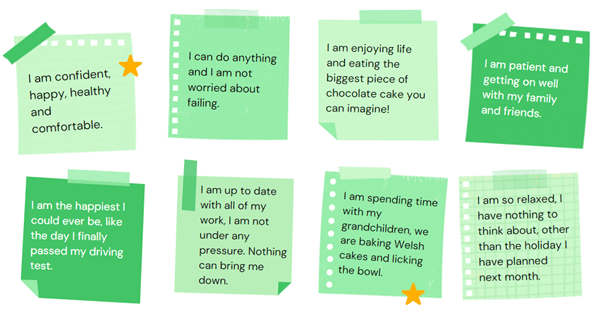
Now you have an idea of who you are when you are your best self, let’s look at who you are when you are not feeling so good.
Best Self scale
It is unlikely that you will feel your best self all of the time, but you can aim to be your best self whenever you can.
When we are stressed out or feeling down, it is not always easy to be our best self or to feel like we can be our best self.
Our brains do not make it easy for us, especially if we go into fight or flight mode and we cannot get the thinking part of our brain to work. In a constant stressed state, we are more likely to fall into the same patterns of unhelpful behaviour, making it harder to become our best self.
The good news is, we can look for ways to help us get back to our best self. Through practice, and even if we do it one small step at a time, we will get better at it and we will become more resilient.
To help make it easier to work our way towards being our best self, we can think of our wellbeing as a sliding scale and we can break it down into stages.
The sliding scale:

On the sliding scale, ‘best self’ is the best you can possibly be and ‘lowest point’ is the lowest you can be. Think about how you are feeling right now. Where are you on the scale?
The traffic light colours may also help you to think about where you are on the scale too.
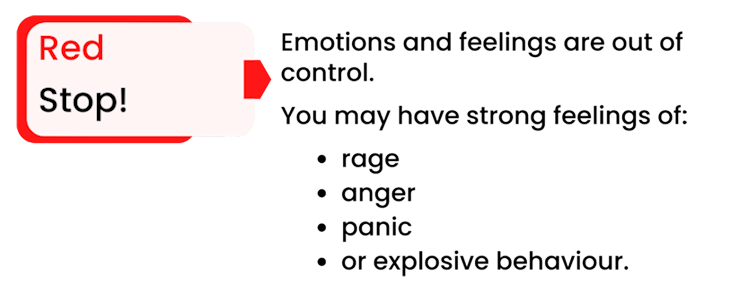
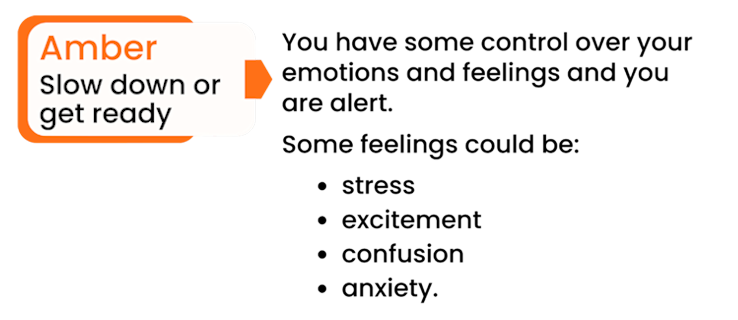
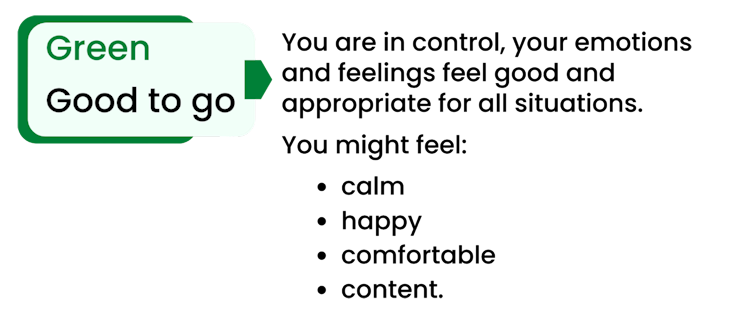
You can use the scale to help you move towards your best self. It just takes a bit of practice.
Let’s try it…
Using your personal logbook (page 2), or a piece of paper, describe who you are at the following points of the scale:
Best Self
Describe your best self
If you have already written something down, try to expand on it.
- How are you feeling?
- How are you are behaving?
- What are you thinking about?
- How does your body feel?
Lowest Point
Describe your lowest point
Again, try to answer these questions:
- How are you feeling?
- How are you are behaving?
- What are you thinking about?
- How does your body feel?
Was it easier to describe, your best self or your lowest point? Mostly, people say that the lowest point is easier.
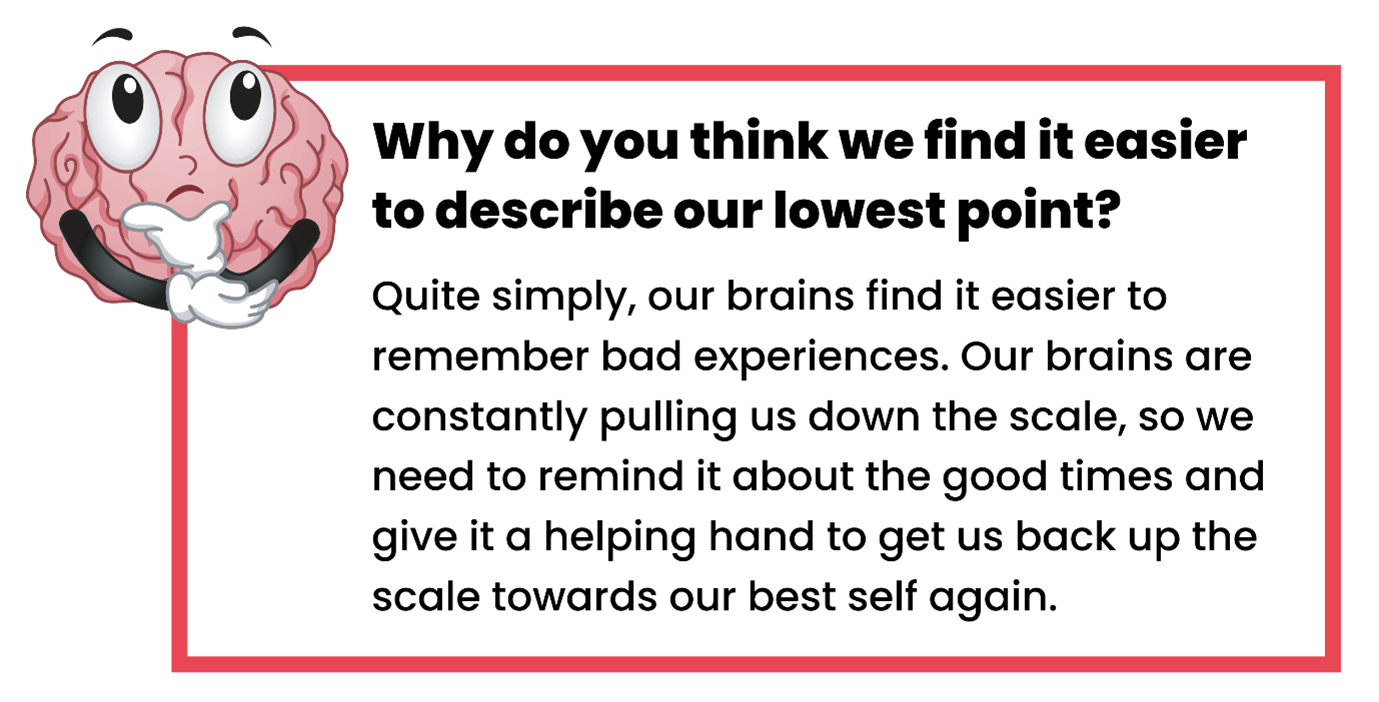
Mid Point
Now describe your mid point
- How are you feeling?
- How are you are behaving?
- What are you thinking about?
- How does your body feel?
It may take you some time to think about how you feel at each point in the scale and it will take practice to get used to thinking about yourself in this way. Throughout the next week, when you feel yourself becoming stressed, take time to stop, take a breath and ask yourself ‘What’s going on? How do I feel? Where am I on the scale? Is there anything I can do to make it better?’
You may even want to think about who you are in the spaces between the lowest point, mid point and best self, as the colour changes. To help you do this, we have divided the scale up into more sections, which you will find in your logbook (pages 6 and 7).
You have almost reached the end of part 3, but before moving on to part 4, we suggest that you try to fill in as much of your scale, between your lowest point and best self, as you can.
Why should I do this?
Using the scale to make sense of how you are feeling can help you to interrupt your fight or flight response.
When you are feeling low or a bit stressed, the more you practise interrupting your negative brain and stop it from pulling you further down your scale, the easier it will be to use your thinking brain. You need to be able to use the thinking part of your brain to make sense of your thoughts and to make decisions about what you need to do to make things better.
Setting some goals
Now is a good time to set yourself some goals that will help you to:
- boost your wellbeing;
- pull yourself up the scale towards you best self;
- be kinder to yourself
Set yourself 3 goals that you think will help you to do this. They can be as big or small as you want them to be. Make sure they are manageable and realistic or you will set yourself up to fail before you even begin!
Write your goals down on a piece of paper. There is space in your personal logbook (page 8) for your goals, but you may want to pin them to your fridge or keep them by your bed. Keep your goals somewhere you will see them often as a reminder.
These are your goals and your commitment to looking after yourself.
Here are some examples of goals that other carers have set:

Part 3 summary
In this part, you have:
- Found your ‘best self’
- Learned about the best self scale
- Set 3 goals that will improve your wellbeing
We suggest allowing at least 1 week before moving on to Part 4 - Building your Stress Toolkit. This will allow you time to get to know your scale a bit better and to set yourself some goals.
